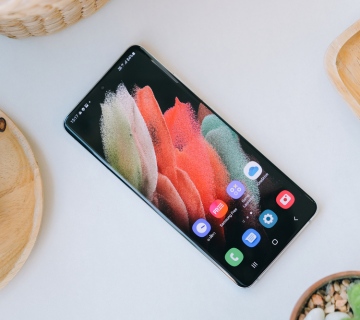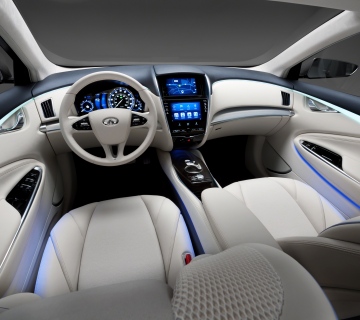Most gadgets are shifting from the use of buttons and are now embracing touch screens. Samsung Galaxy Nexus is a perfect example of gadgets that are boasting of touch screen technology. Tablets are replacing laptops that have countless numbers of keys. Televisions take pride in having touch monitors. They have touch panels features. Undoubtedly, touch screens have a bright future in their usage on gadgets. Touch panels are two types. These are resistive and capacitive. Most people confuse the two but what is for sure is that they are very different. Both of them have their merits and demerits.
Electric circuits have capacitors and resistors as the core basic components. Touch screens technology derive their names form their working principles. Several layers constitute resistive touch screens. Layers responsible for the touch reaction have conductors separated by narrow gaps. Upon any slight touch of the screen, the layers, which are two, press together. This unbalances voltage between panels like what happens with voltage dividers. It results to induction and change of current. A specific controller determines the location.

On the other hand, capacitive touch screens handle static charges. A capacitive touch panel contains coated materials storing electric charges just like capacitors. Human bodies store charges too and as a result, when the screen is touched, there is a transfer of charges from the touch panel to the finger(s). A circuit detects the immediate decrease in charges. It is also responsible for determining the touch area.
Reasons for Resistive Touch Panels
Top on the list of the advantages of these panels is the cost aspect. They are easy to manufacture making them cheaper as compared to their capacitive panels, which are hard to manufacture thus resulting to their expensive nature. This is main reasons why most people prefer the resistive panels.
The other reason against capacitive touch screens is the fact there is limitation to touching devices. There is an allowance for usage of any pointing device in regards to resistive touch screens. Capacitive touch panels only use fingers or very special capacitive touch gadgets. This makes the resistive excellent in terms of digital drawing and handwriting. Individuals with thick fingers have a rough time using the capacitive gadgets that demand high levels of accuracy.
The other huge plus of resistive panels is the fact that they work perfectly with any humidity levels. There is a huge limitation to the humidity levels when using capacitive panels. They work poorly in dry weather conditions. The humidity requirement for such panels is not less than 5%.
Reasons for Capacitive Panels
The fact is these panels are expensive. However, the high costs are for a reason. This is because they are of high quality. They are quick at detecting any slight change in the electrostatic field. They can easily monitor a number of areas at any one time.
Secondly, they are less reflective in comparison to resistive panels. This allows a perfect view of images even during bright sunlight. Their look is glossier than the resistive panels.
Individuals not willing to spend highly on a touch screen gadget ought to go for the resistive. Those who want the best touch experience should acquire the capacitive panel devices. They will spend more money but obtain quality touch screen.
Devices that have either of these two touch panels have what makes them stand out. It is important to be cautious when selecting handsets as some demand a lot of money for their acquisition. Individuals must have adequate information about either of the two panels. Care is of utmost importance to avoid any regrets. It also goes a long way in curbing wasting of cash.



